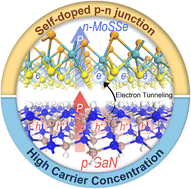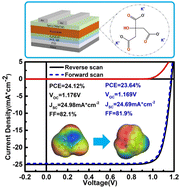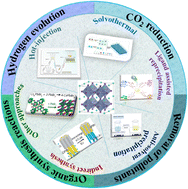J. Mater. Chem. A, 2023, Advance Article
DOI: 10.1039/D3TA03132B, Paper
DOI: 10.1039/D3TA03132B, Paper
Fuzhen Zhao, Xin Zheng, Xinyu Mao, Huicong Liu, Liqun Zhu, Weiping Li, Hui Ye, Haining Chen
The 1D/2D NiFeP/NiFe–OH catalyst could not only rapidly release O2 bubbles during OER operation, but also suppress Fe dissolution from the 1D NTs by the 2D outer shells, tending to form stable NiFeP/NiOOH heterostructures eventually.
To cite this article before page numbers are assigned, use the DOI form of citation above.
The content of this RSS Feed (c) The Royal Society of Chemistry
The 1D/2D NiFeP/NiFe–OH catalyst could not only rapidly release O2 bubbles during OER operation, but also suppress Fe dissolution from the 1D NTs by the 2D outer shells, tending to form stable NiFeP/NiOOH heterostructures eventually.
To cite this article before page numbers are assigned, use the DOI form of citation above.
The content of this RSS Feed (c) The Royal Society of Chemistry

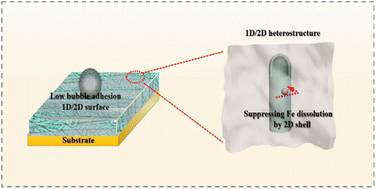
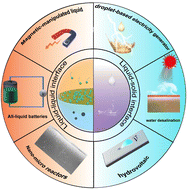
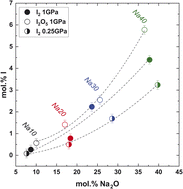
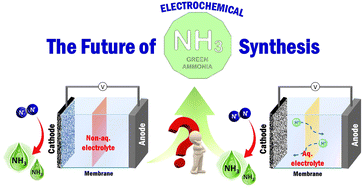
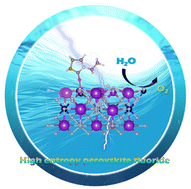

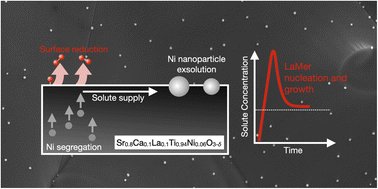
 Open Access
Open Access
